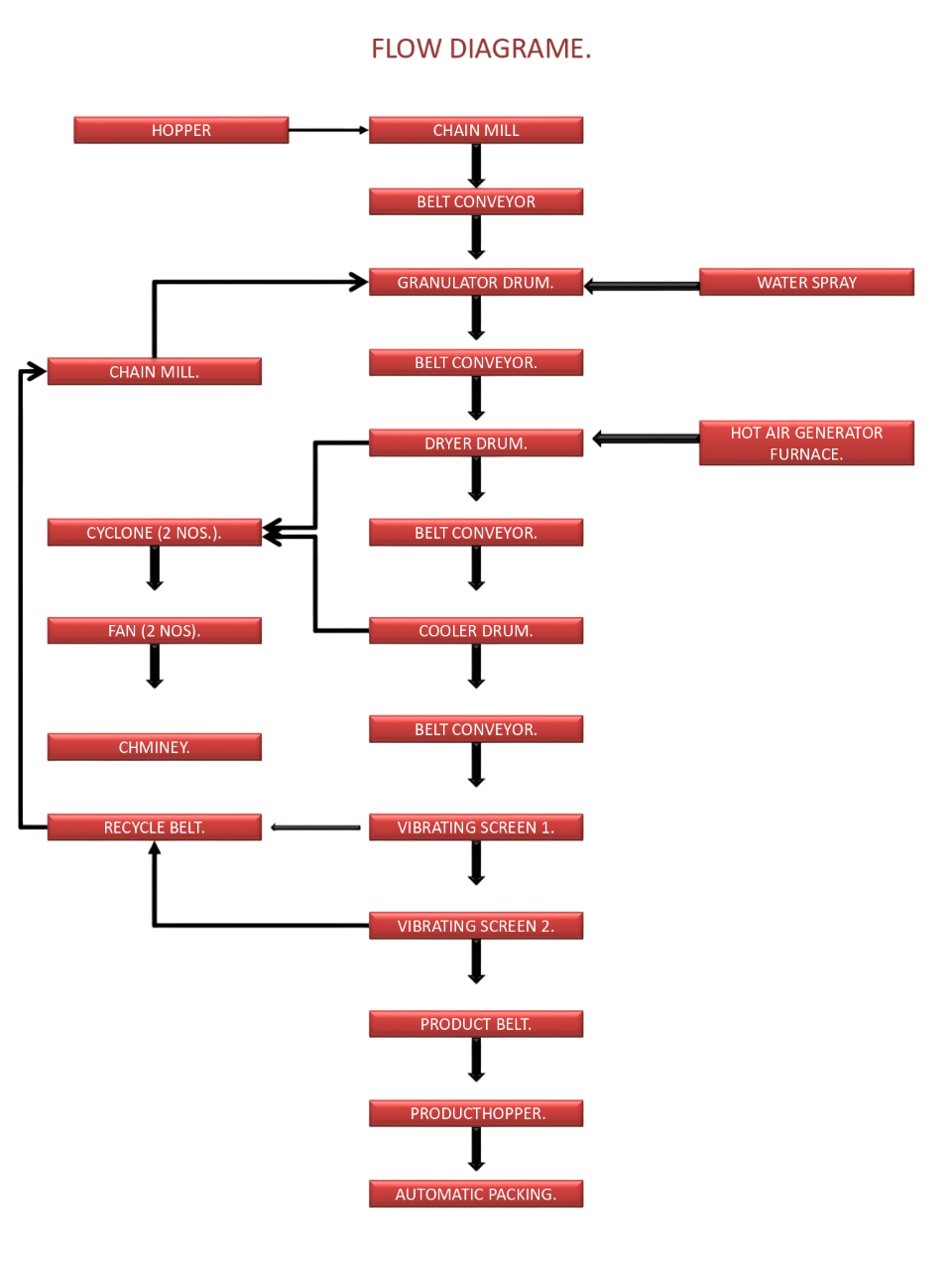- Ichalkaranji, Kolhapur, Maharashtra, India.
- response@microcontrolind.com
About Us
About Company
- Quality management.
- Plant & manufacturing operations.
- Industrial law, pollution and safety measures.
- Developments & modification of process, plant & equipment’s.
- Training and technical support.
- Equipment’s efficiency utilization.
- Quality improvement & troubleshooting.
- Sourcing of raw materials.
- Generation of schematic diagram equipment’s, layout of building, machinery etc.
- Legal compliance as per industrial law, safety, pollution law and regulatory authorities.
- Operation of fertilizer plant as per pollution and safety norms, guidance for controlling pollution.
| Organic Fertilizer | Chemical Fertilizer |
|---|---|
| They are formed by the natural process of decomposition of organic matter. | They are synthesized by humans in the laboratory. |
| They do not contain nutrients in a fixed ratio. | They are available in a usable form containing nutrients in a fixed ratio. |
| Organic manures need to be added in large quantities. | They are added in calculated amounts, which is relatively low compared to organic fertilizers. |
Organic Fertilizer
- They are formed by the natural process of decomposition of organic matter.
- They do not contain nutrients in a fixed ratio.
- Organic manures need to be added in large quantities.
Chemical Fertilizer
- They are synthesized by humans in the laboratory.
- They are available in a usable form containing nutrients in a fixed ratio.
- They are added in calculated amounts, which is relatively low compared to organic fertilizers.
Organic carbon is a measurable component of soil organic matter. Organic matter makes up just 2–10% of most soil's mass and has an important role in the physical, chemical and biological function of agricultural soils.
Organic matter contributes to nutrient retention and turnover, soil structure, moisture retention and availability, degradation of pollutants, and carbon sequestration.
Higher soil organic carbon promotes soil structure or tilth meaning there is greater physical stability. This improves soil aeration (oxygen in the soil) and water drainage and retention, and reduces the risk of erosion and nutrient leaching. The carbon cycle and the interaction of plant, soil, and atmosphere.
Sugar Composed contains higher amount of nutrients, so it has to be composted to be used as biomanure for different crops. Among the industries, sugarcane industries are generating various by-products, viz. trash, press mud, and bagasse of nutrient-rich organic nature.
The purpose of fertilizer granulation is to adjust the composition of fertilizer and provide the required nutrients according to the crop types and growth stages. Granularization of fertilizer to increase the density of the blend so that it occupies less volume per unit weight for better storage and shipment, to facilitate metering or volumetric dispensing, to reduce dust during granulation process to reduce toxic exposure and process-related hazards, and to improve the appearance of the product.
Creating a more self-sufficient soil structure. Chemical fertilizers will nourish your plant, but the minerals will not linger in your soil. By creating rich, nutrient-dense soil with organic materials.
Fertilizing less. Because you’re creating a mineral-rich soil structure, the live organisms who call your soil home, and your turf itself, won’t go hungry. Chemical fertilizers need to be applied more frequently, as they are absorbed by the plant itself and not stored in the soil.
Protecting your family and pets and the environment. Chemical-free, organic solutions are also safe chemical fertilizers have been shown to pollute local waterways and surface water due to rain and runoff.
Saving money. Using natural sources as a substitute for store-bought fertilizer and can help to rejuvenate your lawn without depleting your wallet.


